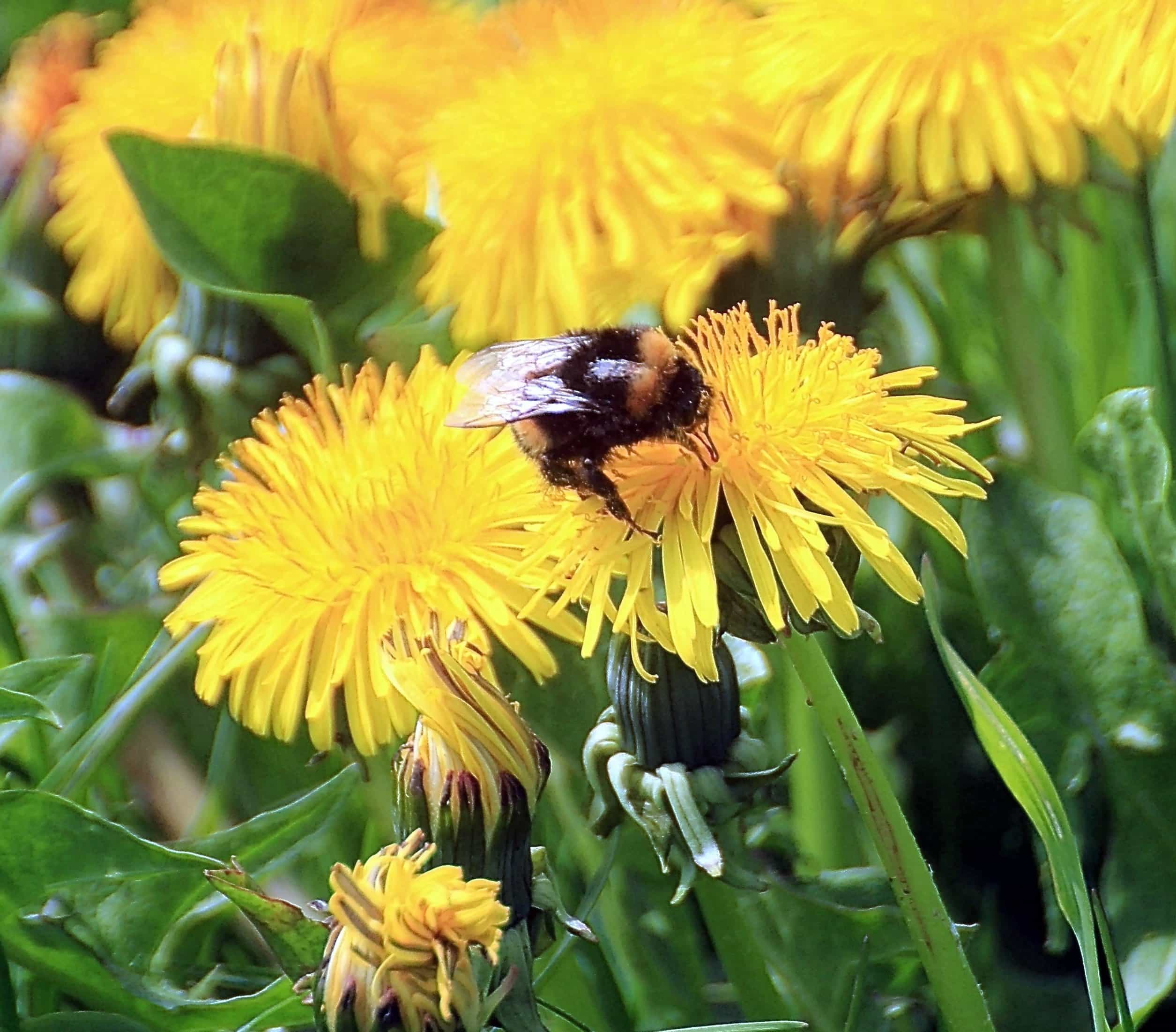Create a Pollinator-Friendly Garden

How to Create a Pollinator-Friendly Garden
Creating a pollinator-friendly garden is not just about making your outdoor space look beautiful; it's about supporting the ecosystem and helping our little friends who play a crucial role in it. Pollinators like bees, butterflies, and hummingbirds are essential for the reproduction of many plants, including those that provide us with food. So, let's dive into how you can create a haven for these vital creatures.
Understanding Pollinators and Their Importance
Pollinators are the unsung heroes of our ecosystem. They transfer pollen from one flower to another, facilitating plant reproduction. Without them, many plants would not produce fruits or seeds. In fact, one out of every three bites of food we eat is thanks to pollinators. Pretty amazing, right?
Creating a Pollinator Habitat
To attract pollinators, you need to create a habitat that caters to their needs. This means providing food, water, and shelter. Let's break it down.
Providing Food for Pollinators
The most important thing you can do is plant a variety of native flowers. Native plants are adapted to your local environment and provide the best sources of nectar and pollen for local pollinators. The National Wildlife Federation has a great guide on native plants for your region.
Choosing Bee-Friendly Plants
Bees are particularly fond of flowers that are rich in nectar and pollen. Some great options include lavender, sunflowers, and asters. These plants not only look beautiful but also provide a steady food source for bees.
Creating a Butterfly-Friendly Garden
Butterflies are attracted to bright, colorful flowers. Plants like milkweed, coneflowers, and zinnias are excellent choices. Milkweed, in particular, is crucial for monarch butterflies, as it's the only plant their caterpillars will eat.
Providing Water for Pollinators
Pollinators need water just like we do. A shallow dish filled with water and a few pebbles can serve as a perfect watering hole. Make sure to change the water regularly to prevent mosquitoes from breeding.
Providing Shelter for Pollinators
Pollinators need places to rest and nest. You can provide shelter by leaving some areas of your garden undisturbed. Dead trees, brush piles, and bare ground can all serve as nesting sites for different types of bees and butterflies.
Eco-Friendly Gardening Practices
Creating a pollinator-friendly garden also means adopting eco-friendly gardening practices. Here are a few tips to get you started.
Avoiding Pesticides
Pesticides can be harmful to pollinators, even if they're not the intended target. Instead of using chemicals, try natural pest control methods like companion planting or introducing beneficial insects.
Mowing Less Often
Letting your lawn grow a little longer can provide more habitat for pollinators. Many bees nest in the ground, and taller grass can provide shelter and food for them.
Planting in Layers
Planting in layers can create a more diverse habitat for pollinators. Trees, shrubs, and ground covers all provide different types of food and shelter.
Designing Your Pollinator-Friendly Garden
Now that you know what pollinators need, let's talk about how to design your garden.
Choosing the Right Location
The location of your garden can make a big difference. Pollinators prefer sunny spots, so try to choose a location that gets at least six hours of sunlight a day.
Planting in Groups
Planting flowers in groups can make it easier for pollinators to find them. Aim for groups of at least three of the same type of plant.
Adding a Variety of Plants
Different pollinators are active at different times of the year, so it's important to have a variety of plants that bloom at different times. This will ensure that there's always something in bloom for pollinators to visit.
Maintaining Your Pollinator-Friendly Garden
Once your garden is established, it's important to maintain it properly. Here are a few tips.
Watering Regularly
Make sure to water your plants regularly, especially during dry periods. Pollinators need water too, so don't forget to keep their watering hole filled.
Pruning Carefully
When pruning, be careful not to remove any plants that are in bloom. Pollinators rely on these flowers for food.
Leaving Dead Plants
Some pollinators, like certain types of bees, nest in the hollow stems of dead plants. Leaving these plants in your garden can provide valuable habitat.
Conclusion
Creating a pollinator-friendly garden is a rewarding way to support the ecosystem and enjoy the beauty of nature. By providing food, water, and shelter, and adopting eco-friendly gardening practices, you can create a haven for bees, butterflies, and other pollinators. So, what are you waiting for? Get out there and start planting!
FAQs
What are the best plants for a pollinator-friendly garden?
The best plants for a pollinator-friendly garden are native flowers that provide nectar and pollen. Some great options include lavender, sunflowers, milkweed, coneflowers, and zinnias.
How can I provide water for pollinators?
You can provide water for pollinators by placing a shallow dish filled with water and a few pebbles in your garden. Make sure to change the water regularly to prevent mosquitoes from breeding.
Why is it important to avoid pesticides?
Pesticides can be harmful to pollinators, even if they're not the intended target. Instead of using chemicals, try natural pest control methods like companion planting or introducing beneficial insects.
How often should I water my pollinator-friendly garden?
You should water your pollinator-friendly garden regularly, especially during dry periods. Make sure to keep the watering hole filled for pollinators too.
What should I do with dead plants in my garden?
Some pollinators, like certain types of bees, nest in the hollow stems of dead plants. Leaving these plants in your garden can provide valuable habitat.
0 Response to " Create a Pollinator-Friendly Garden"
Post a Comment